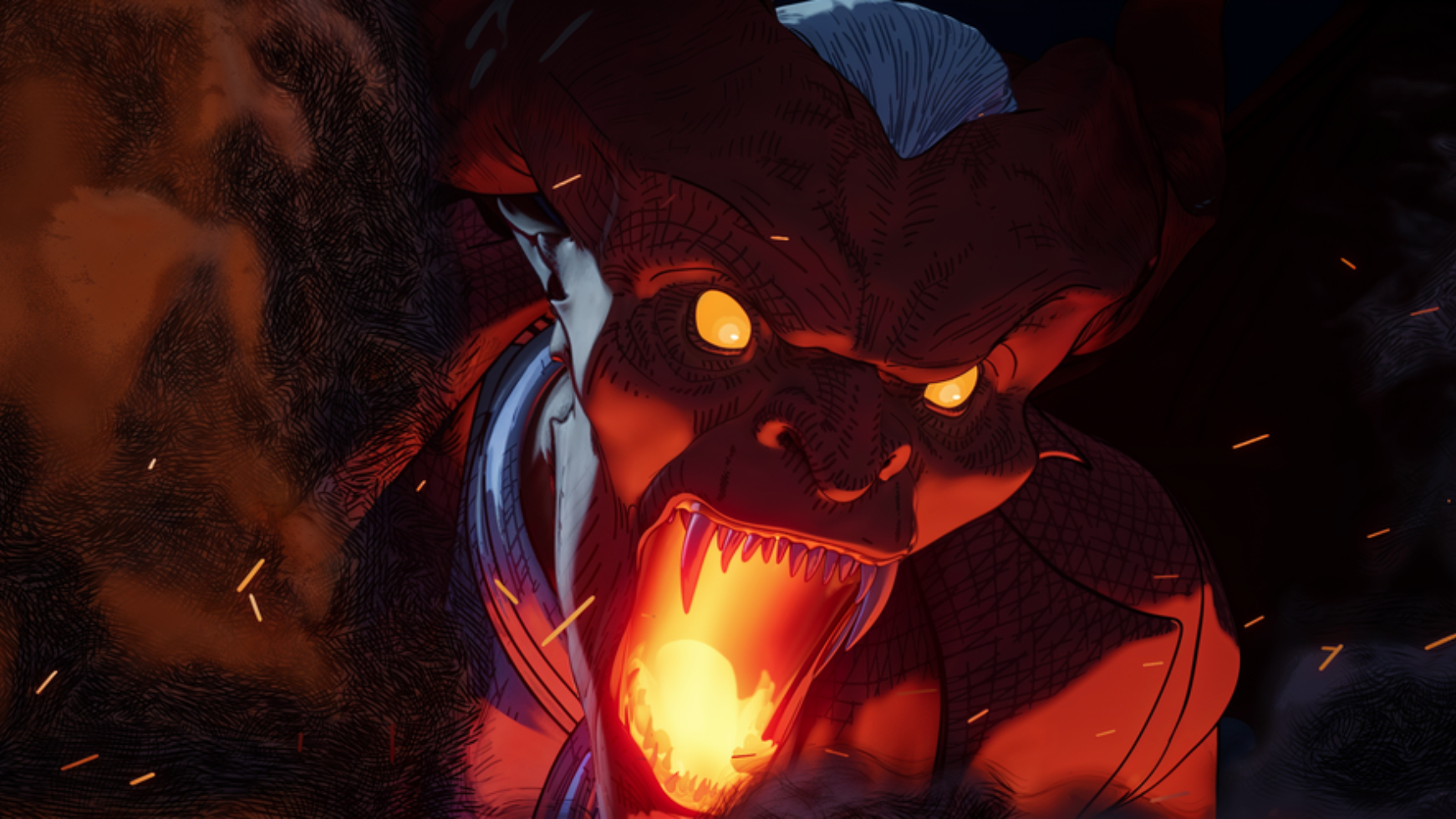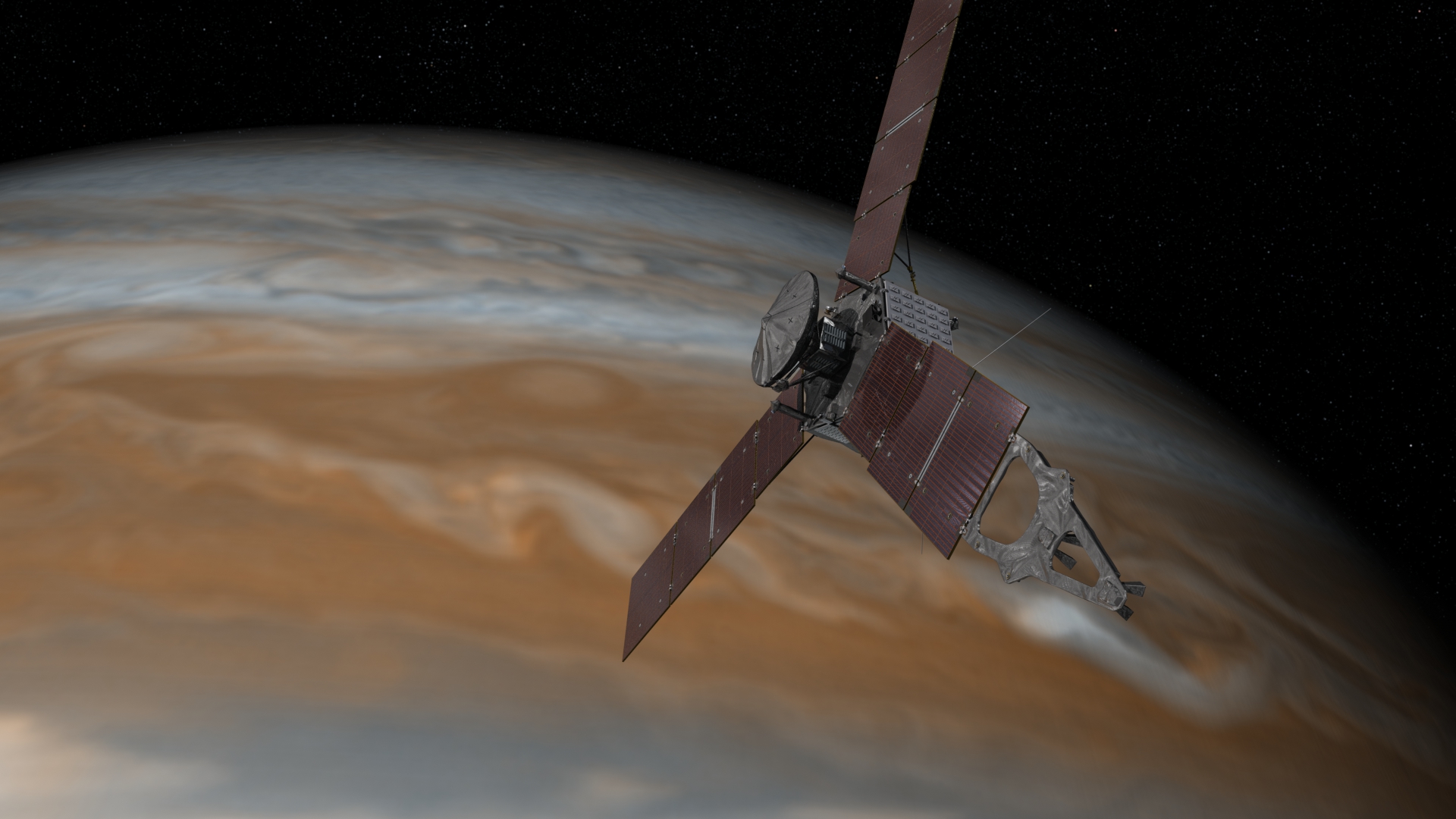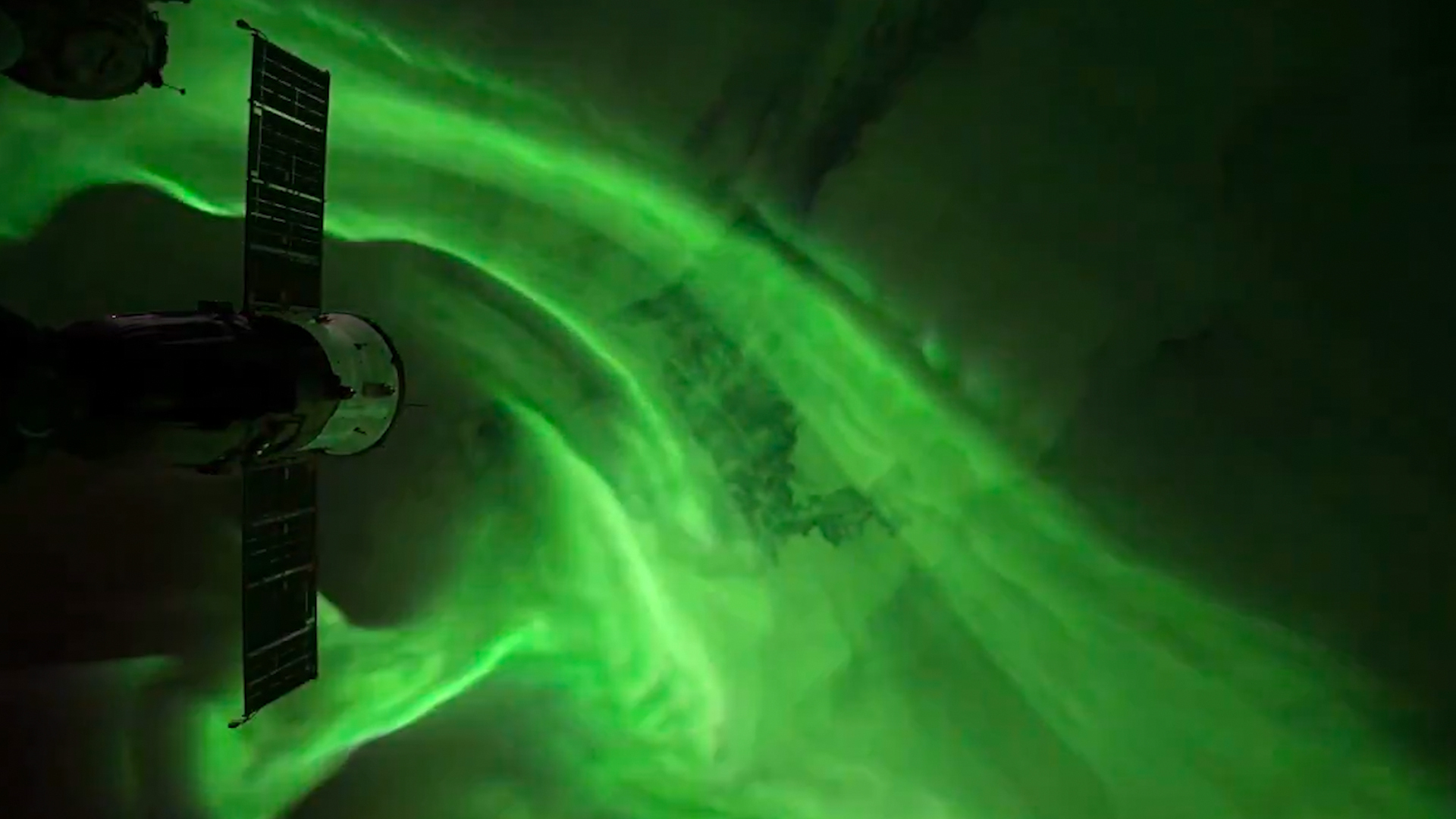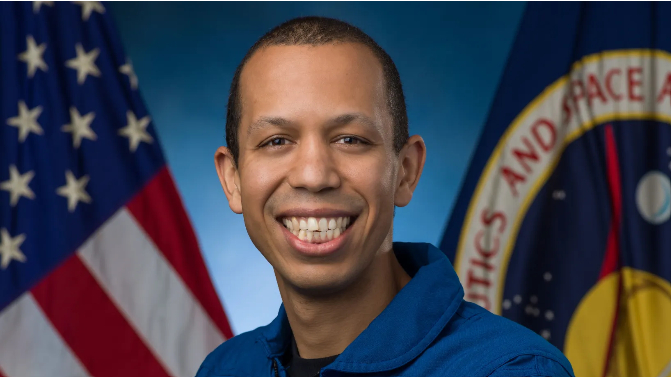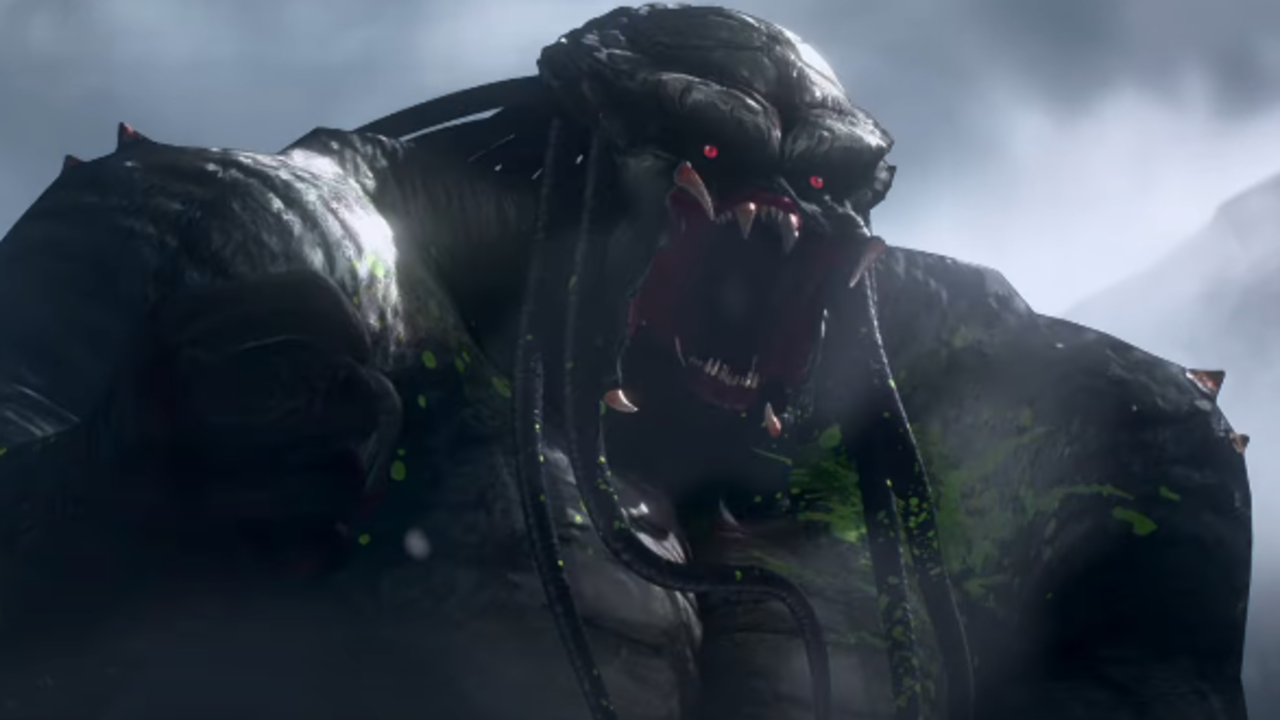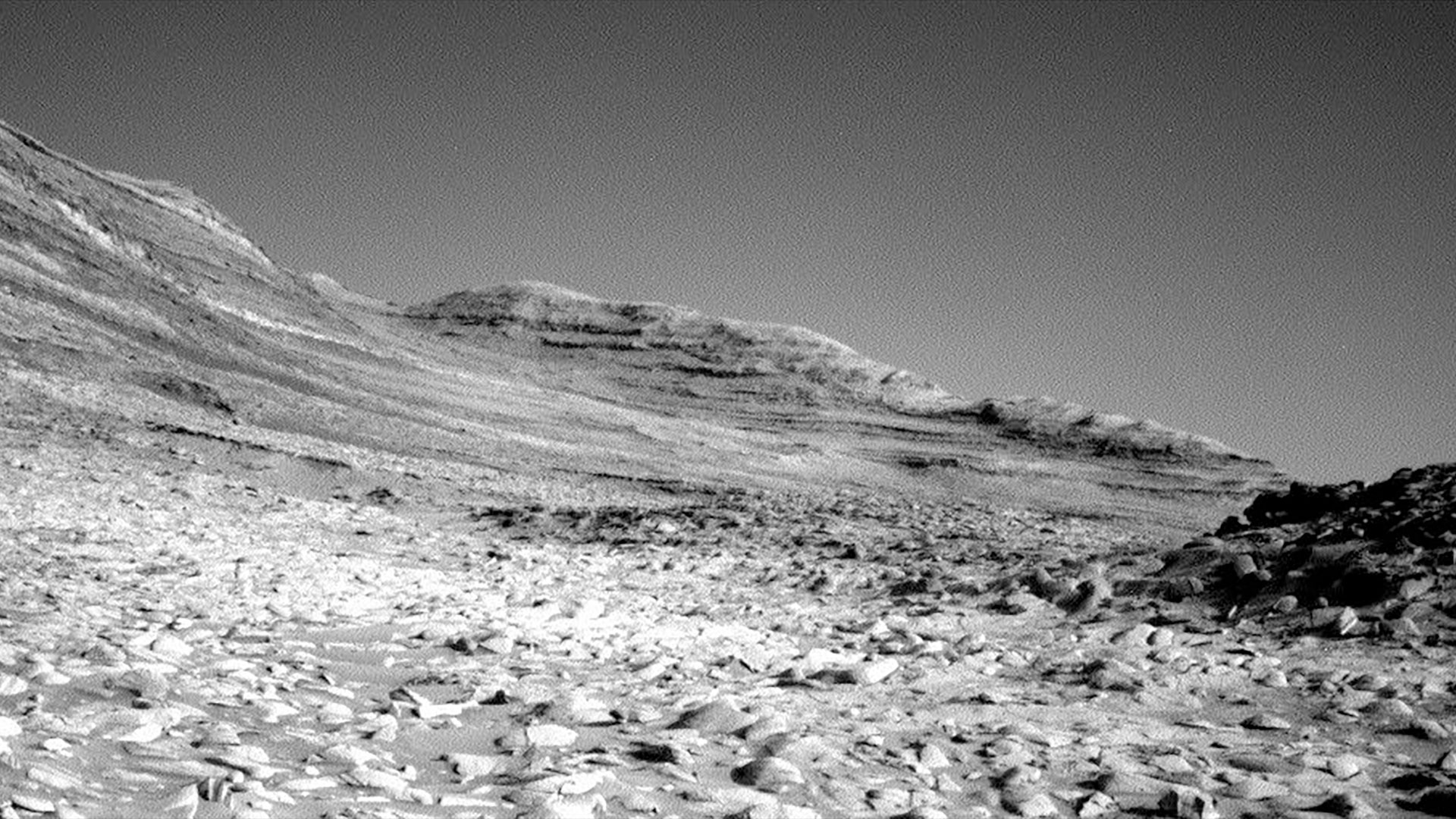Early James Webb Space Telescope findings take center stage at key astronomy conference
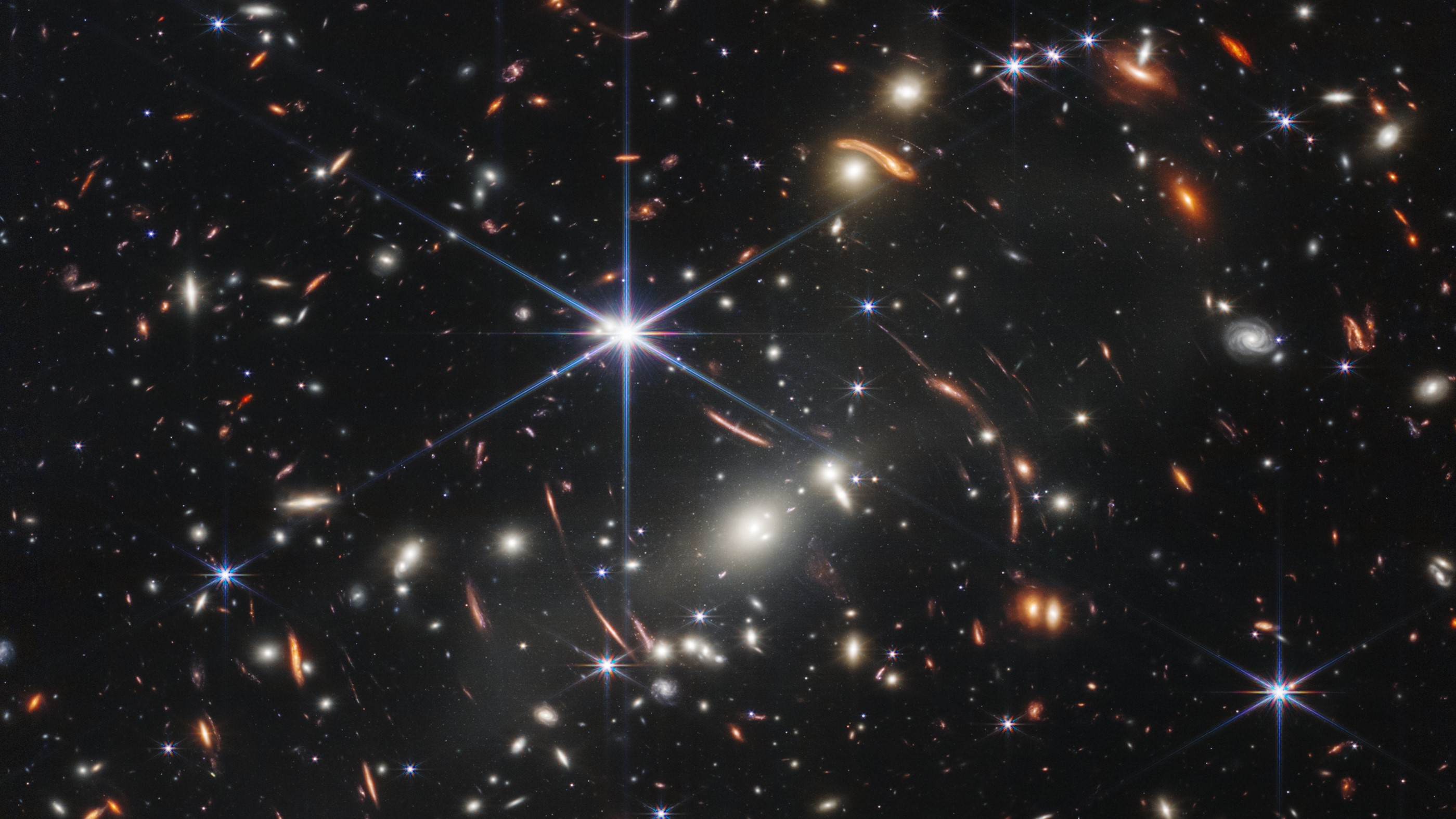
Long-awaited data from the James Webb Space Telescope is now allowing astronomers to look further back in time and discover galaxies from the early universe.
Results shared Monday (Jan. 9) at the 241st meeting of the American Astronomical Society in Seattle highlight how the James Webb Space Telescope (Webb or JWST) is living up to its potential — and how much more is waiting to be unveiled.
"I can tell you the science performance now and I can make you these plots, but a little bit of my head is still spinning because a year ago, we didn't know any of this," Jane Rigby, an astrophysicist at NASA's Goddard Space Flight Center in Maryland who led science commissioning for the observatory, said during a plenary talk. "We didn't know if the mission would be a total failure or if it was going to work."
Related: James Webb Space Telescope's best images of all time (gallery)
Read more: 8 ways the James Webb Space Telescope is already revolutionizing astronomy
But now the answer is clear: The mission works. "It's nothing but good news, the science requirements are met or exceeded across the board," Rigby said. "It's just all so gorgeous," she said of the mission's science.
Meanwhile, scientists shared some of that work in a host of talks throughout the meeting, as well as during a news conference on Monday highlighting JWST's observations of extremely distant galaxies, which astronomers refer to as "high redshift."
Perhaps one of the biggest takeaways from JWST's work to date is that in allowing astronomers to look further back in time, JWST is redefining what counts as high redshift.
Get the Space.com Newsletter
Breaking space news, the latest updates on rocket launches, skywatching events and more!
"What is a high redshift? Well, that's been a moving target throughout my career," James Rhoads, an astronomer at NASA Goddard, said during the news conference. "And JWST has certainly moved the goalpost further out."
Galaxies have a wide range of morphologies
One study analyzing JWST data looked at how galaxies change shape. The Hubble sequence classifies galaxies into three stages based on shape: spiral young galaxies, a lenticular transition stage and elliptical old galaxies. However, scientists aren't sure what shapes arose when and by what processes, particularly during the first 3 billion years of the universe.
"We would like to understand what galaxies were like at even earlier times. When did those first spiral arms bulges in galaxies actually form?" Jeyhan Kartaltepe, an astrophysicist at the Rochester Institute of Technology, told reporters at the news conference. "In short, when did the Hubble sequence actually begin? That's something we don't yet know."
Using data JWST gathered in June 2022, Kartaltepe's team analyzed 850 super-distant galaxies, classifying the galaxies by shape into disk, spheroid or irregulars to mimic the Hubble sequence. The researchers also compared the data from JWST with similar observations from the Hubble Space Telescope.
"The results are a little bit surprising in that nobody really knew what we would see when we looked at these galaxies with JWST," Kartaltepe told reporters. "From Hubble, we just didn't see much. There were smudges if they were visible at all."
Hubble could classify about 45% of the galaxies it saw as disks, but a large fraction of the targets were unclassifiable or unresolved. "They were just too faint or too small for us to be able to see anything," Kartaltepe said.
The same classification with JWST data showed that galaxies with disks make up a whooping 60%. The increase is thanks to the observatory's ability to probe further into space with higher resolutions, Kartaltepe said: JWST's data showed clearer features in the galaxies, and a lot more features.
"We see a wide diversity of morphologies in galaxies all the way out to the highest redshifts we've been able to study," Kartaltepe said, referring to the most distant objects seen to date. Because the universe is constantly expanding, the light waves from very distant objects are stretched, moving them toward the redder side of the electromagnetic spectrum.
Although researchers knew that some galaxies at these higher redshifts should have disks, they were surprised to see so many disk-shaped galaxies. Future observations will help scientists sharpen their understanding of galaxy structure and evolution.
"We can really start to look at samples of thousands of galaxies at these redshifts and really start to quantify when the first disks and bulges were able to form in our universe," Kartaltepe said.
Discovery of the youngest galaxies (chemically)
Another new study analyzing early JWST observations looked at three galaxies at redshifts of 8 — which we see as they were more than 13 billion years ago — to better understand their compositions and temperatures.
"We found what may be the most chemically primitive galaxy yet among the first three spectra of galaxies in the cosmic dawn from JWST," Rhoads, the lead researcher on the project, said.
Rhoads and his colleagues found the presence of very little oxygen, as low as 2% of what is in the Milky Way and among the lowest oxygen abundances measured in galaxies to date. The scientists also found lots of hydrogen, suggesting that these galaxies are very young, and determined that the gas in these galaxies is very hot, perhaps double the temperature of similar gas in the Milky Way.
Rhoads said that these galaxies are "quite small" and host to predominantly young stars. In addition, much of the light was coming from glowing gas clouds rather than star surfaces. Those properties are also shared by the so-called Green Pea galaxies, which astronomers believe are good analogs of the early universe's galaxies.
"They're unusual, they're interesting, they're a lot of fun to study," Rhoads told reporters at the conference of Green Pea galaxies. "And in the nearby universe, they're quite rare."
A deeper look into the shockwave through Stephan's Quintet
In other findings presented today, researchers revealed how a galactic shock wave has affected warm and cold hydrogen gas in Stephan's Quintet.
An intruder galaxy is crashing into Stephan's Quintet at speeds of 435 to 620 miles (700 to 1,000 kilometers) per second, triggering a shock wave that passes through the group faster than the speed of sound. Yet previous research using NASA's now-retired Spitzer Space Telescope had shown a huge amount of "very fragile" hydrogen molecules in the neighborhood, and how these molecules survived the "powerful energy" of the shock has remained a mystery, Philip Appleton, a senior scientist at Caltech's Infrared Processing and Analysis Center (IPAC) and the project's lead investigator, said during the news conference.
A possible explanation, Appleton said, is that the shock wave hit a clumpy patch of cold interstellar medium that took the brunt of hot gas behind the shock, shattering the cloud into tiny cloudlets.
"These new observations have given us some answers, but ultimately showed us just how much we don't yet know," Appleton said in a statement. "Essentially, we've got one side of the story. Now it's time to get the other."
Large number of candidate galaxies revealed in higher redshifts
JWST has allowed astronomers to go far beyond Hubble's capabilities, as the numerous super-distant candidate galaxies revealed by JWST proves. In some of these observations, researchers have searched for, and found numerous galaxies at redshifts greater than 11, which appear as they were just 200 to 400 million years after the Big Bang.
As is normal in evaluating candidates, some of the 87 identified candidates could prove to be fakes during further spectroscopic observations. However, even if scientists can confirm just a small fraction of the finds, our "previous picture of galaxy formation in the early universe must be revised," Haojing Yan, an astronomer at the University of Missouri–Columbia and the study's lead author, said during the news conference.
The role that black holes play in galaxy evolution
JWST is also helping astronomers peer into the centers of nearby galaxies. For example, researchers looked at the NGC 7469 galaxy, which harbors an active supermassive black hole at its center and is surrounded by a ring of intense star formation.
"It's an ideal laboratory for us to understand whether and how black holes actually influence the stellar and gaseous content of its host galaxy," Vivian U, lead scientist on the research and an astronomer at the University of California, Irvine, said during the news conference.
While Hubble's observations of NGC 7469 showed dark dust obscuring visible light from stars, U said that thanks to its infrared vision, JWST "presents a much smoother version of the light profile now that the dust is no longer in the way."
The team also spotted a very young star formation region that was previously hidden because of the dust, U said.
The detailed new information about the galaxy is providing a clearer view of the distribution of different gases at different temperatures. Using this information, the team found that the supermassive black hole in the galaxy's center is driving fast, highly ionized winds that are sending shock waves into the surrounding interstellar medium.
"This is giving us direct evidence that the supermassive black hole in the center of this galaxy is driving winds at us," U said, "allow[ing] us to understand how black holes and galaxies coevolve."
Follow Sharmila Kuthunur on Twitter @Sharmilakg. Follow us on Twitter @Spacedotcom and on Facebook.
Join our Space Forums to keep talking space on the latest missions, night sky and more! And if you have a news tip, correction or comment, let us know at: community@space.com.

Sharmila Kuthunur is a Seattle-based science journalist focusing on astronomy and space exploration. Her work has also appeared in Scientific American, Astronomy and Live Science, among other publications. She has earned a master's degree in journalism from Northeastern University in Boston. Follow her on BlueSky @skuthunur.bsky.social
-
rod Here is another report on JWST and galaxies forming early in the universe, perhaps z 11 to 20.Reply
Astronomers suggest more galaxies were formed in the early universe than previously thought, https://phys.org/news/2023-01-astronomers-galaxies-early-universe-previously.html
"In a new study, a team of astronomers led by Haojing Yan at the University of Missouri used data from NASA's James Webb Space Telescope (JWST) Early Release Observations and discovered 87 galaxies that could be the earliest known galaxies in the universe."..."Finding such a large number of galaxies in the early parts of the universe suggests that we might need to revise our previous understanding of galaxy formation," Yan said. "Our finding gives us the first indication that a lot of galaxies could have been formed in the universe much earlier than previously thought."..."First batch of z ≈ 11–20 candidate objects revealed by the James Webb Space Telescope Early Release Observations on SMACS 0723-73," was published in The Astrophysical Journal Letters..."
ref - First Batch of z ≈ 11–20 Candidate Objects Revealed by the James Webb Space Telescope Early Release Observations on SMACS 0723-73, https://iopscience.iop.org/article/10.3847/2041-8213/aca80c, 28-Dec-2022.
My observation. Using cosmology calculators, https://lambda.gsfc.nasa.gov/toolbox/calculators.html, z = 20 with defaults, shows universe age at redshift 0.181 Gyr, light-time 13.541 Gyr, comoving radial distance 35.858 Gly. https://www.kempner.net/cosmic.php, shows similar values. Age of universe at z=20, 0.179088 Gyr or 179 million years old when some of these galaxies formed in BB model using such large redshifts. Using H0=69 km/s/Mpc and 35.858 Gly for comoving radial distance, 4D space expands a bit faster than 2.5x c velocity.

